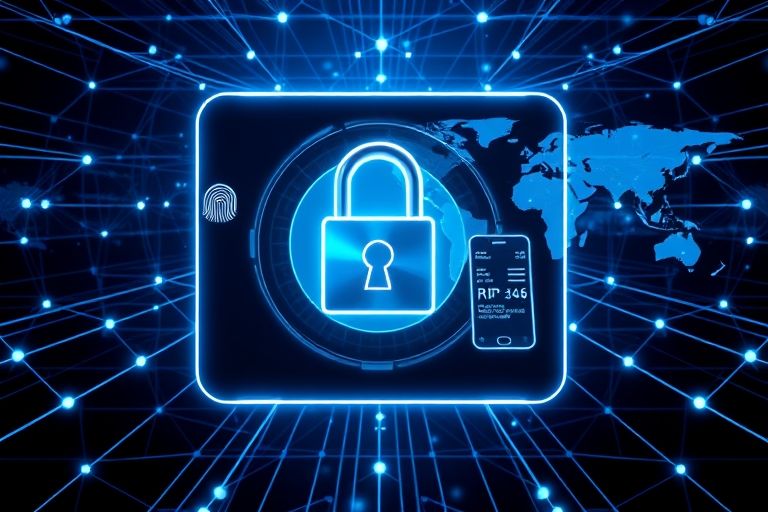
Cybersecurity is a growing concern for businesses and individuals alike. It is essential to protect confidential information and prevent unauthorized access to sensitive data. One of the most effective ways of achieving this is through Multi-Factor Authentication (MFA). MFA adds an extra layer of security to the authentication process, making it more difficult for cybercriminals to gain access to your accounts or sensitive information.
Multi-Factor Authentication is a security mechanism that requires users to provide two or more forms of authentication to access their accounts or information. The three types of authentication factors are:
By requiring multiple forms of authentication, MFA makes it difficult for cybercriminals to gain access to sensitive information or accounts.
According to a report by Verizon, 81% of all data breaches involve weak or stolen passwords. Passwords alone are not enough to protect against cyber threats. MFA provides an additional layer of protection, making it more difficult for cybercriminals to gain access to your accounts or information.
One example of the importance of MFA is the Equifax data breach in 2017. The breach exposed sensitive personal information of over 143 million people. The cause of the breach was a vulnerability in the web application framework used by Equifax. However, the breach could have been prevented or mitigated if MFA had been implemented, making it more difficult for the attackers to gain access to the sensitive information.
Implementing MFA is easy and can be done in a few simple steps. Most online services such as Google, Microsoft, and Amazon offer MFA options. It is recommended to use MFA for any service that supports it, especially for services that contain sensitive information.
The most common way to implement MFA is through an authenticator app. An authenticator app generates a unique code that changes every 30 seconds. The code is required in addition to the password to access the account or information.
Multi-Factor Authentication is crucial for enhancing cybersecurity and protecting sensitive information. By requiring multiple forms of authentication, it makes it more difficult for cybercriminals to gain access to accounts or information. Implementing MFA is easy and can be done in a few simple steps. It is recommended to use MFA for any service that supports it to ensure the highest level of security.